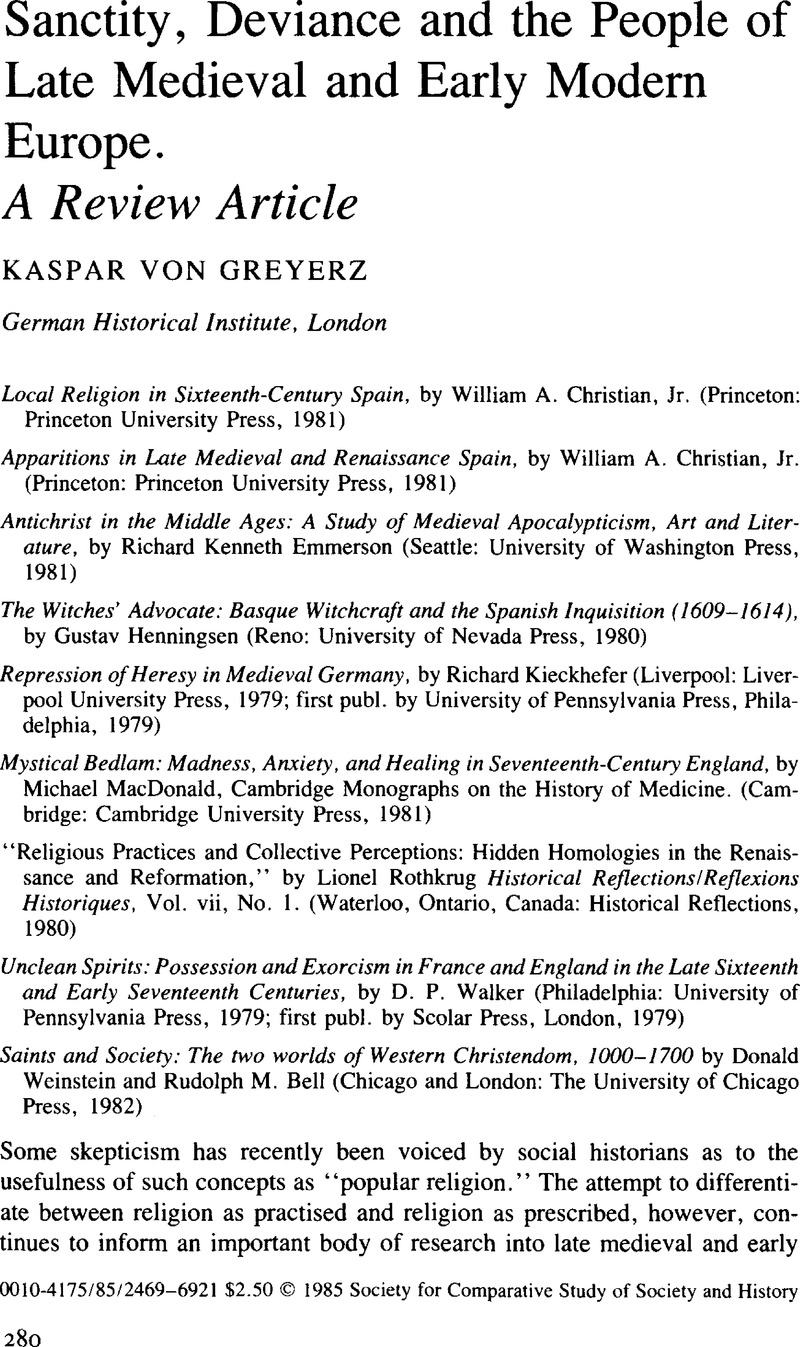Rothkrug, Lionel.
1979. “Popular Religion and Holy Shrines: Their Influence on the Origins of the German Reformation and Their Role in German Cultural Development,” in
Obelkevich, James, ed.,
Religion and the People.
Chapel Hill:
The University of North Carolina Press,
20–
86.
Google Scholar 